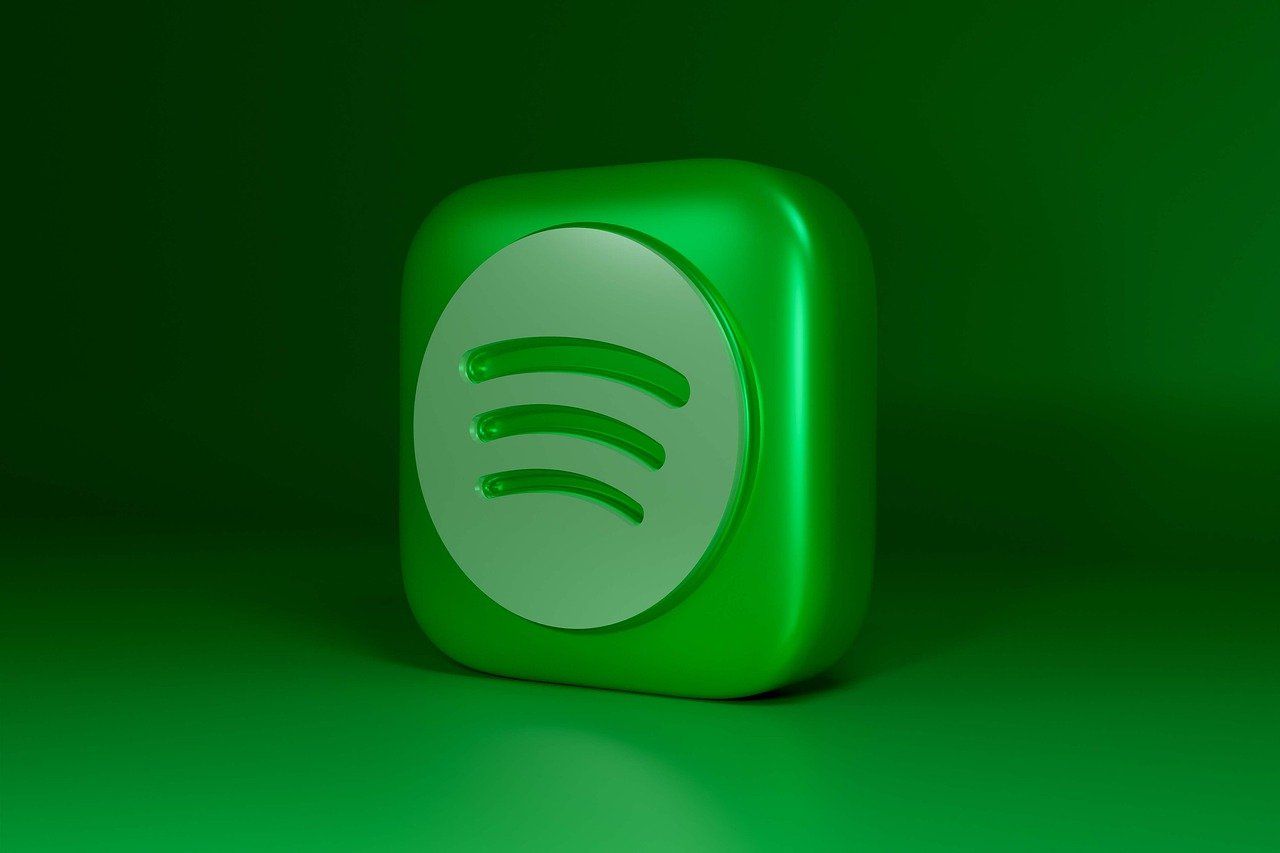Have you ever hit play on your favorite song and wondered, how do artists get paid on spotify?” Spotify, being one of the biggest music streaming platforms in the world, often raises questions about how it compensates musicians for their work. Let’s dive into how artists make money on Spotify and break it down step by step.
Understanding Spotify’s Business Model
Spotify operates as a streaming platform, offering millions of songs for listeners to enjoy. They make money primarily through two sources: subscriptions and ads. Paid subscribers opt for premium plans, while free-tier users listen to ads in between songs. A part of this revenue goes into a giant pool used to pay artists.
However, the payment process isn’t as simple as Spotify cutting a check directly to the artist. It involves multiple layers, and each step plays a role in determining how much an artist earns.
How Royalties Work on Spotify
When you stream a song on Spotify, you generate something called a royalty. Royalties are payments made to rights holders every time their music is played. Rights holders can include the artist, their record label, producers, and songwriters.
Spotify calculates royalties based on its total revenue, the number of streams a song receives, and the agreements it has with rights holders. Here’s a simplified look at the process:
- Spotify Revenue Pool: Spotify takes all the money it earns in a given period.
- Stream Share: The platform calculates the percentage of streams your favorite artist’s song contributed to the overall streams.
- Royalty Splits: The money is then divided between all the rights holders.
For example, if an artist’s track represents 1% of all Spotify streams that month, they’ll get 1% of the revenue pool after Spotify deducts its operational costs.
Who Gets Paid When You Stream a Song?
The payment is rarely straightforward. Here’s a breakdown of the parties involved:
- Artists: Performers who bring the music to life.
- Record Labels: Companies that produce and distribute music.
- Songwriters and Composers: The brains behind the lyrics and melody.
- Publishers: Organizations that manage the rights to songs.
Each party receives a percentage of the royalty depending on the agreements in place. For independent artists, the process is slightly more direct, but they still have to account for distributors.
How Much Do Artists Make Per Stream?
This is a question many people ask, but the answer isn’t fixed. On average, Spotify pays between $0.003 and $0.005 per stream. This means an artist would need roughly 250 streams to make one dollar. While this might sound low, the cumulative effect of millions of streams can add up significantly, especially for popular tracks.
For instance, if a song garners one million streams, the payout could range from $3,000 to $5,000. But remember, this money isn’t all going to the artist; it’s split among everyone involved.
Factors That Affect Spotify Payments
Several factors impact how much an artist gets paid on Spotify:
- Location of the Listener: Spotify’s revenue varies by country, and streams in regions with lower ad or subscription revenue pay less.
- Type of Account: Streams from premium users typically generate more revenue than those from free-tier listeners.
- Number of Streams: The more streams a song gets, the larger its share of the revenue pool.
- Distribution Deals: Agreements with labels and distributors can affect how much an artist actually takes home.
How Independent Artists Get Paid on Spotify
For independent artists, the process might seem intimidating at first, but it’s manageable with the right tools. Independent artists usually rely on music distributors to upload their songs to Spotify. These distributors, such as DistroKid, TuneCore, or CD Baby, act as the middlemen and ensure royalties are paid to the artist.
Here’s how it works:
- The artist uploads their song through a distributor.
- Spotify streams generate royalties.
- The distributor collects the royalties and takes a small fee.
- The remaining amount is paid to the artist.
For independent artists, cutting out record labels means they keep a larger share of the earnings, but it also requires them to handle promotion and marketing themselves.
Tips for Artists to Maximize Spotify Earnings
If you’re an artist looking to boost your income from Spotify, here are some tips:
- Promote Your Music: Use social media, email newsletters, and live performances to direct listeners to your Spotify page.
- Encourage Playlist Features: Getting your song featured on popular playlists can skyrocket streams.
- Engage With Fans: Respond to comments, share behind-the-scenes content, and create a connection with your audience.
- Release Regularly: The more songs you have, the higher your chances of increasing streams.
- Utilize Spotify for Artists: This free tool provides insights into your audience and lets you optimize your profile.
The Bigger Picture of Spotify Payments
While Spotify has transformed the music industry by making it easier for listeners to access music, its payment model remains a topic of debate. Some argue that artists, especially smaller ones, deserve higher payouts. However, Spotify’s model also offers opportunities for exposure, which can lead to additional revenue streams like concerts, merchandise sales, and sponsorships.
In conclusion, the answer to “how do artists get paid on Spotify?” involves multiple layers. While the platform pays out billions annually, how much each artist earns depends on several factors, including their popularity, agreements, and strategies. So, the next time you stream a song, know that you’re supporting artists in their journey—and every play counts.
For further reading, explore these related articles:
- Exploring the Best Free Music Distribution App for Independent Artists
- Comprehensive Breakdown of Music Distribution Costs for Artists
For additional resources on music marketing and distribution, visit Deliver My Tune.






